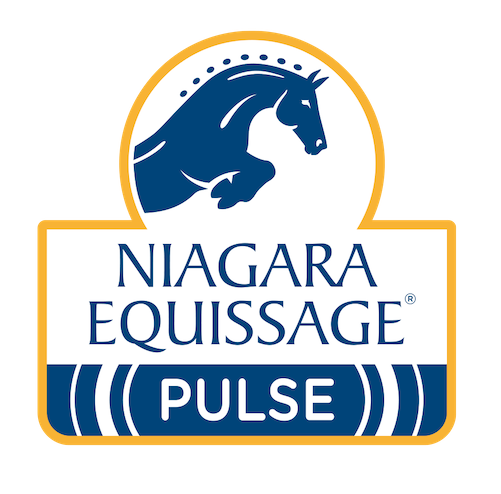Bruised Sole
A bruised sole occurs following direct trauma to the sole of the hoof.
A common cause of lameness in both shod and unshod horses, bruised soles are often caused by stones or work on hard surfaces.
The sensitive structures that lay beneath the sole (soft tissue between the sole of the hoof and coffin bone) are damaged as tiny blood vessels underneath the sole haemorrhage (bleed). If the damage to blood vessels is minimal bruising usually disappears within a few days.
However, such damage may result in the formation of a haematoma (blood blister) between the sole and sensitive tissues.
Even if a haematoma does not develop, there may be sufficient damage to the laminae of the sole to result in clinical signs such as;
- Mild or severe sudden lameness localized to the foot
- Increased foot warmth
- Increased digital pulses through the digital arteries.
If the bruised sole reoccurs owners should consult their vet and farrier as chronic sole bruising may indicate an underlying problem such as an abscess, which if left untreated infection may spread to the coffin bone resulting in osteomyelitis.
Pedal osteitis is another problem that might develop; this is a chronic inflammatory condition of the coffin bone that results in bone resorption and weakening of the bone.
Can Niagara Equissage help with bruised sole?
Yes.
However slight the bruise, there is still some damage to the tiny blood vessels within the foot. The body’s reaction to any form of injury is to increase blood flow to the area to provide vital nutrients to heal the damaged cells, but this does not help too much as it is the little blood vessels that are damaged. The increased blood flow has nowhere to go except to accumulate and add to the discomfort therefore, the horse’s foot is unable to swell to relieve pressure.
By using Niagara Equissage as part of the treatment for bruised sole, the inflammation will be reduced so that a more normal flow is restored thus relieving the pressure within the foot. Once more comfortable the horse will begin to bear more weight on the foot which will help normal circulation to resume.
Application
Apply the Hand Unit to the underside of the foot. While a medium setting would be of more benefit, the horse may be too tender to allow this; if the horse is very sensitive then hold the Hand Unit directly on the hoof instead. Even on the low setting a 10 minute treatment will suffice, ideally twice a day. If used in conjunction with the Back Pad, then the beneficial effects will be more long lasting, helping to continue with the healing process.

Testimonials
See All- Kentucky Derby Winning Trainer & Trainer of Horse of the Year, Zenyatta
"My Niagara Equissage is in use 4 hours every morning treating many horses for many things, including ALL horses racing that day. I find using the Niagara Equissage on tendons and suspensors removes soreness totally."
- "Niagara Equissage definitely helped SABELLIENA be at her best after her long campaign prior to winning the CARDINAL. We use it a lot and the horses love it."
- International 3 Day Event Rider
The Brandes Formula really helps to keep my horses feeling 100% on long journeys, and I have also noticed a big improvement in their stamina and focus when I have given it to them before the cross country phase. The AfterAce has improved the freedom of movement in all of my horses this year, and has really aided in their recovery from the stresses of eventing - both products are an important part of competition and daily maintenance for my horses.

